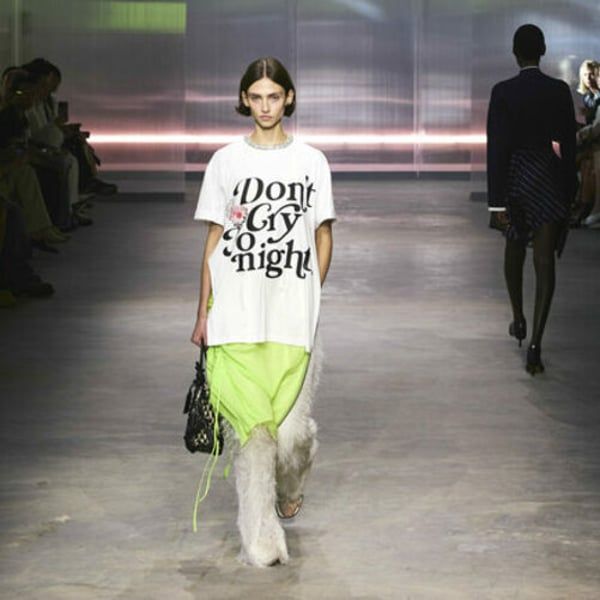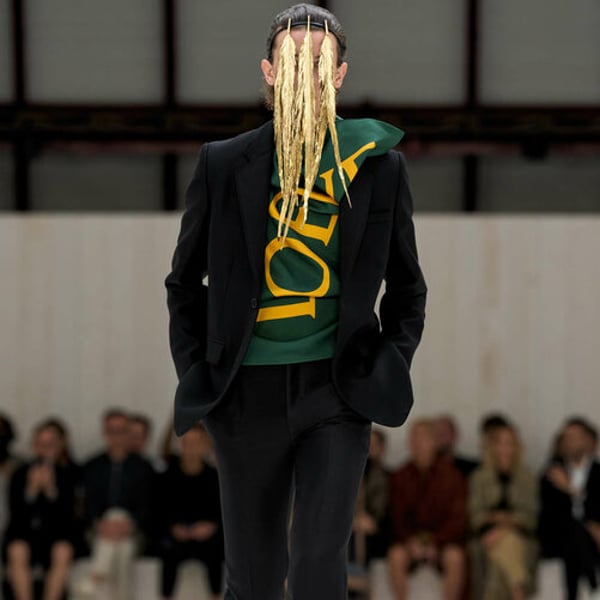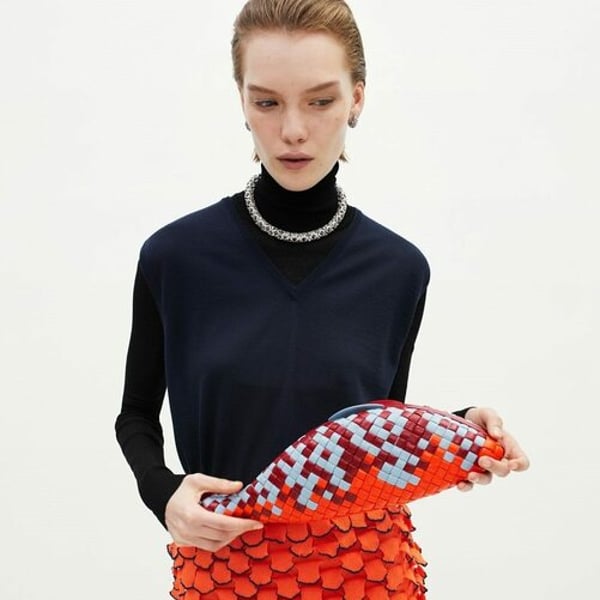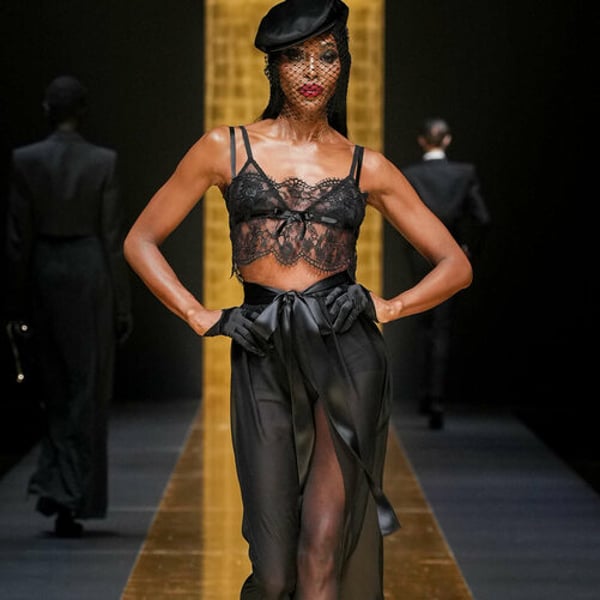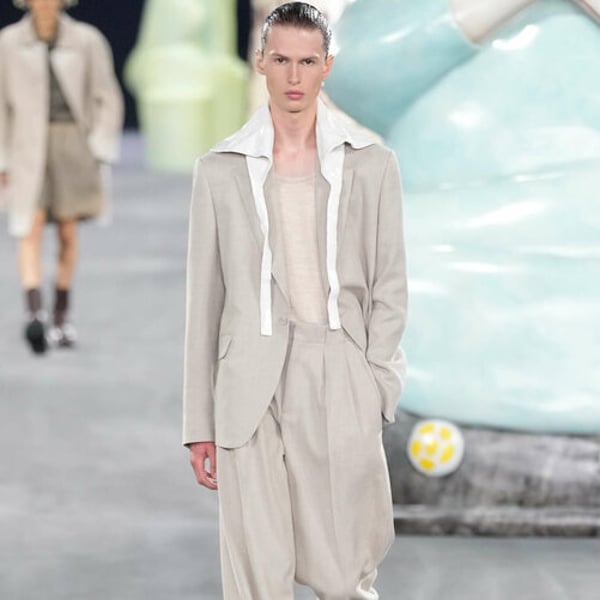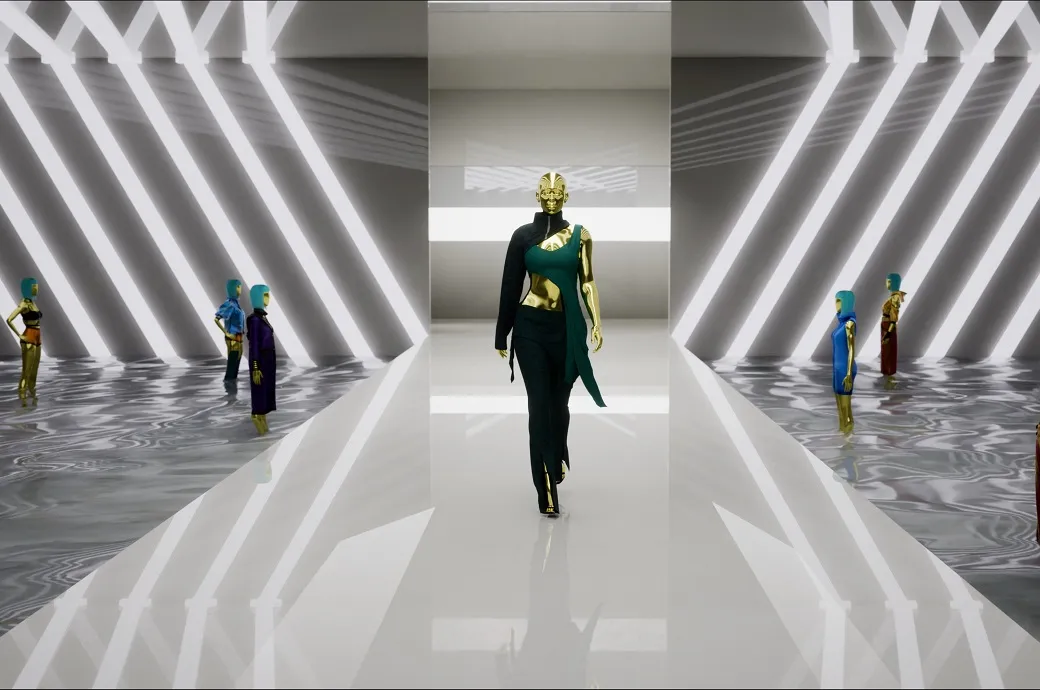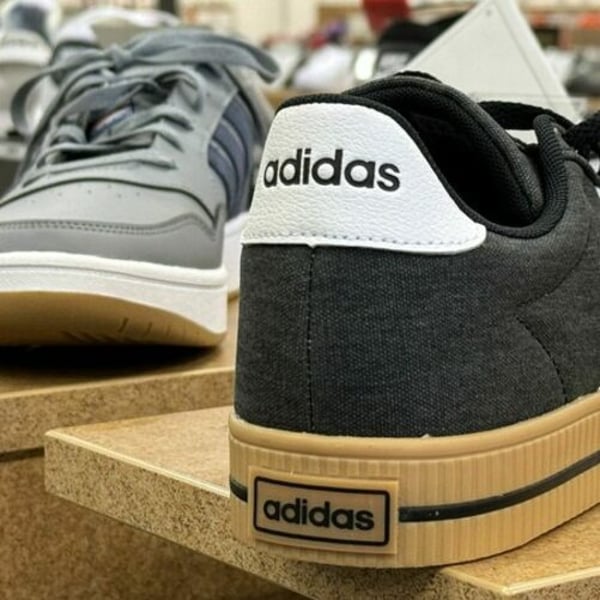Although London is a more expensive city, Milan leads the list of the most expensive places to celebrate a fashion parade, New York's designers and brands also fight with the growing cost of fashion parades.
New York Fashion Week has also been the worst part of some hard complaining about losing its brightness and inability to attract international press and buyers, which leaves those who can afford to move to Paris for their shows and/or sales quotes. (That said, London Fashion Week announced that it would resign after its June 2025 show so that designers invest resources in sales). Therefore, it is clear that fashion could use a fairy godmother.
Enter KFN, a new company formed by Izemrane 'Izemrane by Spring Place/Spring Studios and his partner Keith Abell, who formed N4xt Experiences, a live event company that has the Los Angeles Fashion Week, among others, and the CEO of Kilburn Media, Mark Manuel, who is also co -founder of Kf Fashion. Leslie Russo, the current founder of the culture store, the former IMG president, the current founder of the culture store, as a project architect to support the infrastructure of designer shows and a long -term vision for the future of American fashion.
Although it is not directly involved beyond helping to facilitate the connections of the designers and coordinate the logistics once the plans are implemented, the CFDA remains the official NYFW organizer, it has the fashion calendar. Therefore, innovation is defended by its CEO, Steven Kolb. CFDA Director of Fashion Week initiatives, Joseph Maglieri declared that beyond the organization of the calendar, they work to “provide resources to support designers who already show the industry in general. KFN's collective place advances that mission with even more coordination and logistics to strengthen NYFW, which also supports attendees worldwide.”
To the breakfast event at the Standard Hotel, many of the beloved designers in New York, such as Dao-Yi, and Maxwell Osborne of the Fame of the Public School of Anonlychild; Prabal Gurung; Rachel Scott of Diotima; Henry Zankov; Jackson Wiederhoeft; Presley Oldham; Aaron Potts; and industry leaders like Felita Harris by Raise Fashion; and Tenique Bernard, Public Relations Executive that formed Black in Fashion, among others. Many in the room participated in round table discussions, so the central fashion voices, the designers, had some contribution.

After an introduction of Izemrane, Russo took the stage and launched the multiple phase project to review, boost and monetize NYFW. She listed some impressive statistics that demonstrate, for faces, for faces for designers, NYFW generates money for companies beyond fashion.
“New York has more than 8.3 million residents, and 65 million people visit the city every year on average during fashion week; they spend around $ 2,500. In New York, fashion week remains the highest income generator event in New York of the Super Bowl, the marathon of New York City, as well as the US Open; Or a brand, “, also, what is not presented in the 2015 position, which is in the 2015 study in which it was right in the 2015 position. Dear of the amount of income based on $ 1 B, which has recently fallen to $ 600 million.
Russo described a five -phase plan, with phase 1, commonly known as today NYFW, which will be launched in September, together with a B2B. Establishing the debate between a centralized center and individual show spaces (which in the past have created logistics challenges for showgoers), KFN is proposing the collective of the place, “to Decentralized network of multiple places built to relieve operational and financial difficulties that have made NYFW inaccessible to many designers, “according to a statement.
The places will be free, which caused a round of applause. They range from track spaces to spaces and places for the exhibition room to strictly maintain the fashion press and buyers breakfast for smaller designers to present their collections. The places will include logistics support in the house, configurations behind the stage, equipment, rental needs, street permits and a wireless exhibition communications system. While Russo was clear that designers would need to provide public relations support in the front of the house, models and products, it was not entirely clear who was responsible for aspects such as lighting, sound, seat and restoration.
“We imagine collections of traditional study spaces, historical places in New York, iconic buildings, new funds and galleries. There is no better backdrop for fashion than New York, and there is no better advertising campaign for New York City than NYFW,” Russo continued.

With a map of Manhattan in one of the presentation slides, several pastel circles indicated areas of the places, ranging from FIDI to west Soho, West Chelsea, Hudson Yards and Rockefeller Center, which has been forming its own fashion ecosystem lately.
The place has a 'only invitation' clause, and applications are currently being accepted. The invitation only made some people ask how that would manifest. KFN will require designers to commit to three consecutive seasons. KFN has recognized the first commitments of established names and emerging talents.
While it was not exactly clear how this would be paid, Russo told Fashionnetwork.com after the presentation that the associations would still be involved, although perhaps in a different way. Currently, the group is still negotiating with the desired place objectives.
“Some NYFW models that we have already had, associations and sponsorships will remain. [phase 5]Tickets, which we will eventually obtain in phases 2 and 3, and bring consumers. This diversifies our source of income and changes everything. Are they more likely to sponsor singular shows or buy a giant entertainment platform? Look at Coachella. When we begin to imagine that kind of thing, that changes the whole model of what we are trying to do, “he continued.
In a slide of the presentation that described the interested parties, such as designers, press, buyers and influential people, among the inceptions listed was Blackstone, where Abell had been a managing director.

Phases 2,3, 4 and 5, with the aim of implementing by 2027, involve entertainment driven by B2C and experimental events through a fashion lens; The healthiest support of the state and local government and the digital components that would corner the schedules, the events, the local companies near the places and more in a practical application with more details to come.
Phase 4 implies more support from state and local governments, and the EDC has been a champion, as did the malignant mayor Adams, who was among the recent mayors to help promote NYFW. At a time when the Federal Administration seeks to disburse crucial financing states for programs such as Medicaid, this could be a difficult question despite its potential income generation. Russo also has a plan for that.
“Without solid plan and vision to meet, it is difficult for government entities to support. Use the NFL example, if you are registering, whether it is a sponsor or that is bringing income or support to something like the NFL, essentially what you are doing that is to say that there will be 32 teams that show who is the schedule that is the schedule, where it will be transmitted.
In this sense, the CFDA is crucial for the success of KFN's vision for NYFW and American fashion in general.
“CFDA owns and program the schedule of the Fashion Week. So that is our role, our authority, and we will always be there. The new KFN platform folds in NYFW among other groups of producers big. My main interest is in the place, the city and the state part of it,” Kolb said.
KFN's advantage and ability to create this infrastructure could also benefit smaller group events within NYFW, such as Harlem's Fashion Row, Black in Fashion, Raisfashion and New York Men's Day, among others. KFN's plan could also easily boost these initiatives. The conclusion? There is no need for pessimism, but positivity to imagine what NYFW could become.
Copyright © 2025 Fashionnetwork.com All rights reserved.

